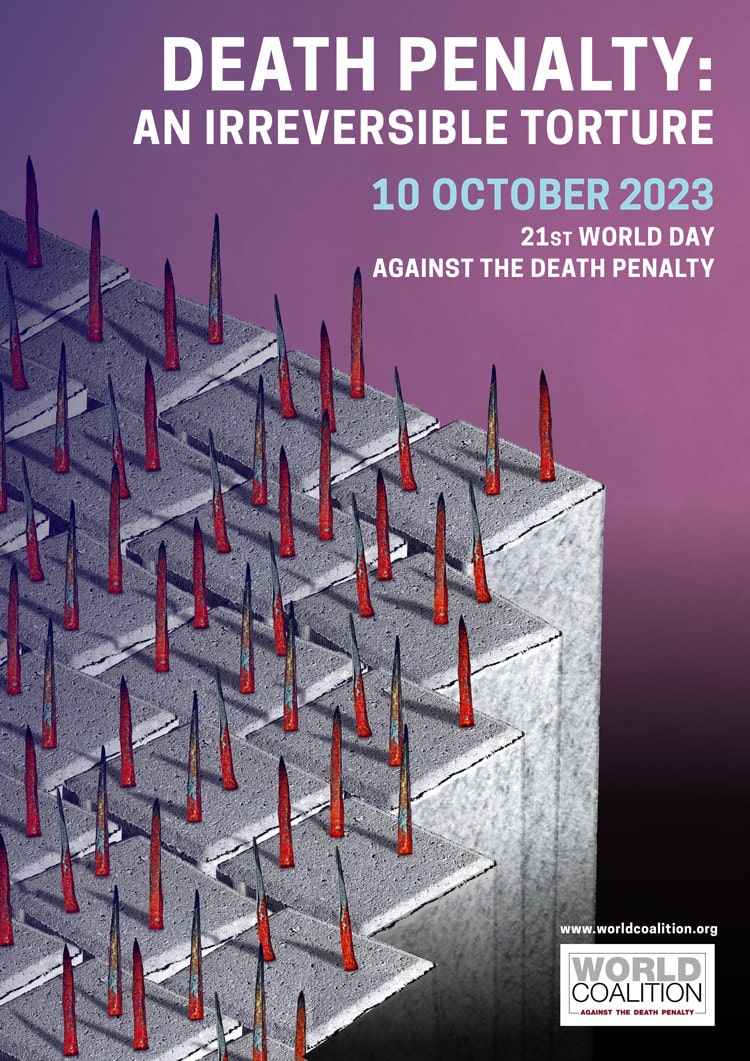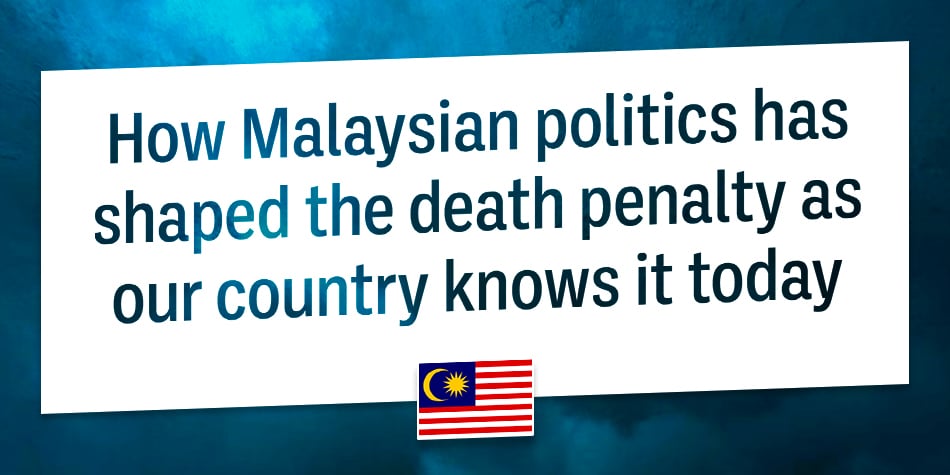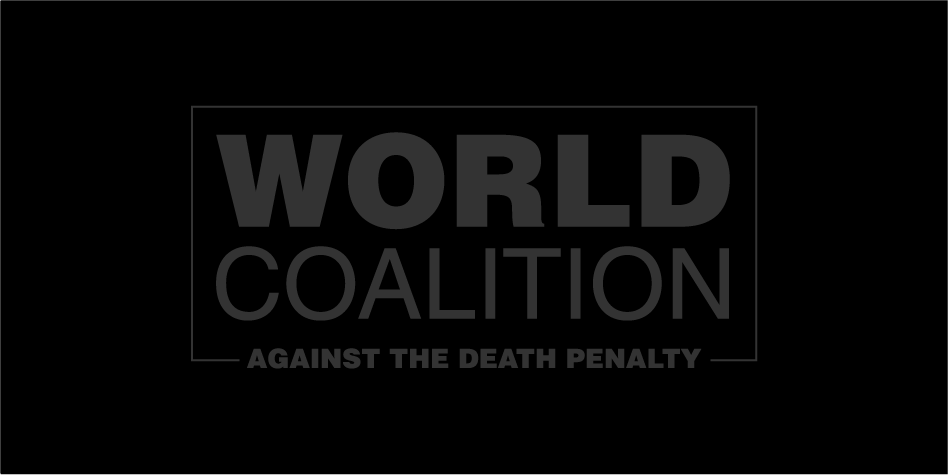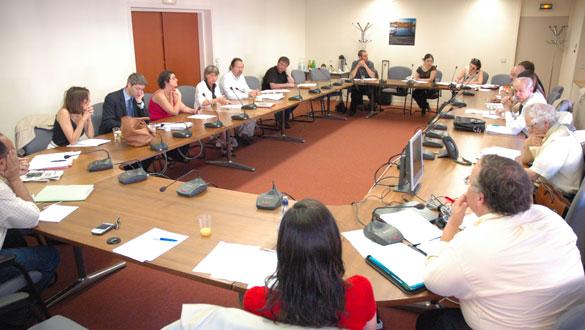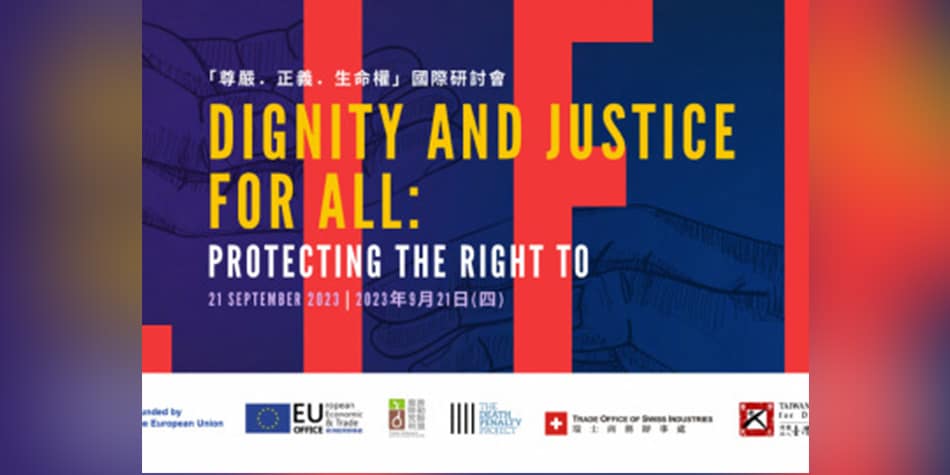Flurry of educational events on World Day Against the Death Penalty
World Day
Among the actions taken to “Teach abolition”, the aim of the 2009 World Day, the Taiwan Alliance to End the Death Penalty (TAEDP) organised a four-day workshop to help teachers and activists get to know each other (photo). Together, they worked on a Taiwanese version of the World Coalition’s educational guide, which they aim to publish in December.
Various educational organisations took part, including the government-sponsored Human Rights Education Curriculum and Instruction Team. Thus, “although we do not directly cooperate with the Ministry of Education, we do find some connection with the formal education system”, said TAEDP’s executive director Lin Hsin-Yi. A press conference at the opening of the workshop attracted coverage across Taiwan’s Chinese- and English-language media.
Many organisations across the world took similar steps to adapt the World Coalition’s educational material to local needs, drawing from local examples and priorities. For example, the US-based group Advocates for Human Rights mixed international law and American testimonies to produce a toolkit that provides information, stories and teaching materials designed to educate students and adults about the reality of the death penalty.
Houston “teach-in”
In the United States, the Texas Coalition to Abolish the Death Penalty held its second “teach-in” at the University of St Thomas. Activists received training into educating members of their communities about abolition through the channels of congregations, civic clubs and educational institutions. An attorney explained to them how serious mistakes in the criminal justice system can lead to people being wrongfully convicted and executed, citing the Todd Willingham case.
In Kinshasa, DR Congo, too, local NGO Culture pour la Paix et la Justice briefed more than 40 teachers and students on how to approach schoolchildren and educate them to abolitionist values. The gathering (photo) was also an opportunity for the African Great Lakes Coalition to held its first general assembly and launch its website.
Diplomatic action
As European institutions have declared October 10 the European Day Against the Death Penalty, EU diplomats also raised their voice against capital punishment from Washington, the capital of one of the last democracies to carry out executions. “Miscarriages of justice are inevitable in any legal system, and any miscarriage of justice that results in the death penalty is irreversible,” said John Bruton, the EU’s ambassador to the US, according to the Christian Science Monitor.
The Council of Europe, for its part, called on experts to discuss alternative punishments to the death penalty and invited the public to discuss the issue with them on Twitter.
Rallies and marches from Australia to Paris
The World Day Against the Death Penalty was also marked by traditional marches and rallies, often connected with support groups for one or several death row inmates. In Melbourne, barrister Julian McMahon told a 2,000-strong crowd that “execution is premeditated, ritualised, state-sanctioned violence by brutalised societies”. McMahon represents two of three Australians sentenced to death in Indonesia for drug trafficking.
In India, Lawyers for Human Rights International (LHRI, photo) launched a petition appealing for clemency in the case of Devender Pal Singh Bhullar, who has been on death row since 2001. LHRI chose to highlight the case of Bhullar, who was sentenced for terrorism after flawed judicial. His clemency appeal to the President of India has been pending for six years.
Artists portray the dark face of the capital punishment
World Day 2009 was also an opportunity to stage numerous cultural events. Belgian painter Patrik Vermeulen exhibited his series “Violating the Hippocratic Oath?” in Lokeren. The chilling set of paintings, which questions the use of medical staff and equipment in US executions, will also be on show from November 14 in Borgloon.
In London, artist Robert Priseman joined with activists to launch the book No Human Way to Kill, which features his etchings depicting execution chambers (photo) as well as essays by death row inmates and personnel, relatives of murder victims and abolitionist campaigners. An exhibition of Priseman’s etchings accompanied the book launch.
Cathy Harrington, who lost her daughter to murder and contributed to No Human Way to Kill, travelled to Paris later on October 10 for the launch of the book’s French version.
“Kids Against the Death Penalty”
Besides those and many other events held by international and national organisations, community groups and individuals also took part in World Day Against the Death Penalty at their own level – whether campaigning for abolition from their Facebook page or collecting petition signatures in their hometown. The World Coalition’s petition against juvenile executions can be signed until November 20.
In Texas, a group of teenagers organised under the banner Kids Against the Death Penalty picked up on the World Day’s educational focus in a home-made video they posted on YouTube. Watch it below.
For others, this World Day’s focus on teaching and juvenile executions was just a recognition of actions they had been conducting for a long time. As stated by Anthony Mungin, a Florida death row inmate who has been in regular correspondence with troubled teenagers from poorer neighbourhhods: “I can help those kids understand how bad decisions lead to prison. I know I can influence them and encourage them to make better choices, and to continue their education. I can use my past mistakes as examples.” He added: “Sentencing juveniles to death and executing them is an extremely barbaric act.”[/en]
“


